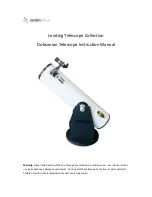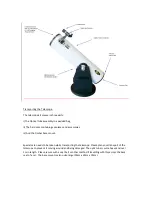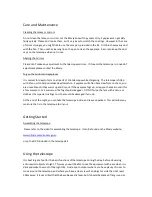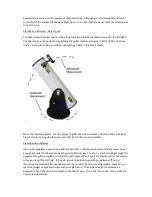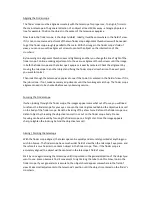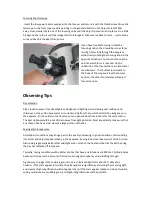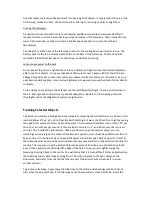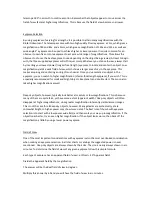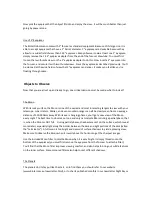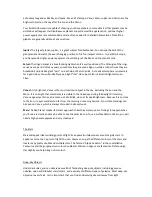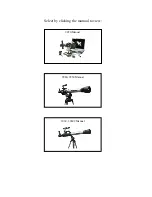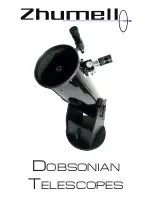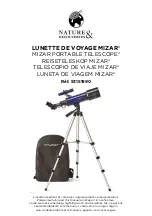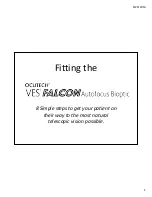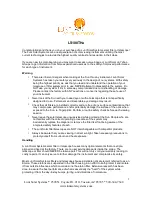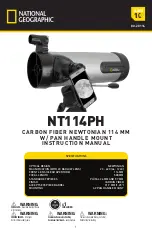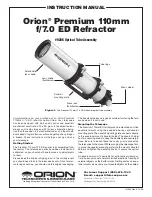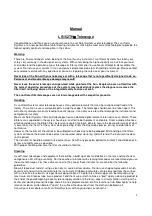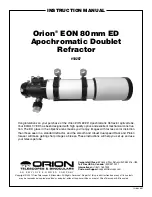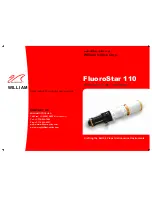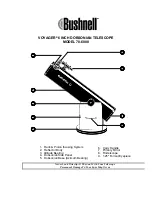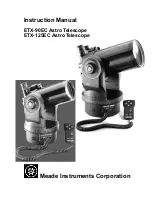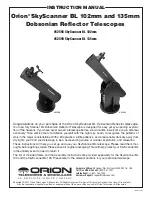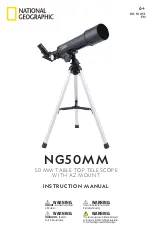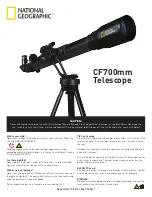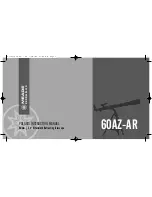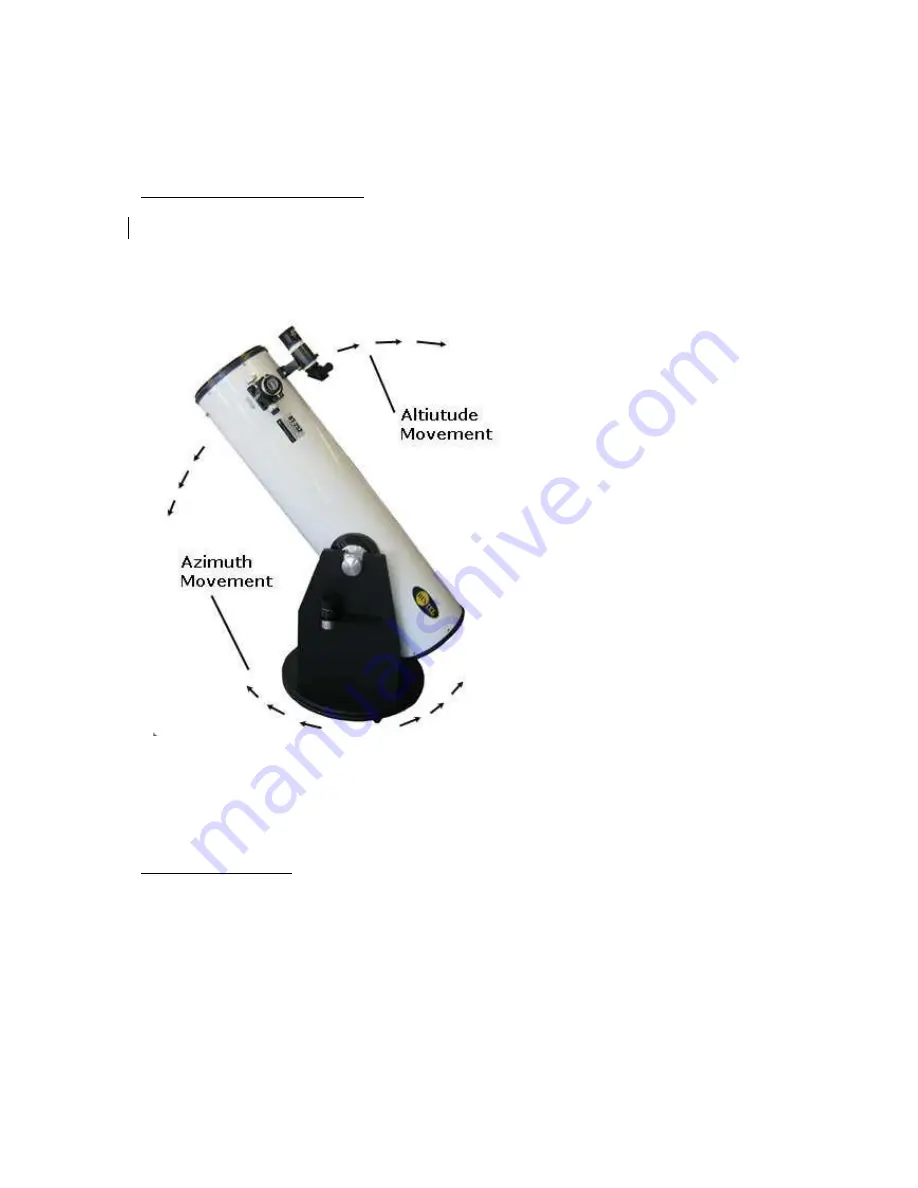
pavement to ensure smooth movement of the telescope. Although we recommend familiarizing
yourself with the equipment during daylight hours, it is critical that you never point the telescope at
or near the Sun.
Altitude and Azimuth – base mount
The base allows the telescope to move along two axes: Altitude (up/down) and azimuth (left/right).
The telescope can be positioned by holding the optical tube and moving it left or right so the base
rotates. And up and down so altitude side bearing rotate in the base’s cradle.
Move the telescope gently. You can adjust / tighten the side movement, from the side of the base.
Please ensure it’s adjusted to move smoothly, but not be loose or unstable.
Viewing with eyeglasses
If you wear eyeglasses, you may be able to keep them on while you observe if the eyepieces have
enough eye relief to allow you to see the whole field of view. You can try this by looking through the
eyepiece first with your glasses on and then with them off, and see if the glasses restrict the view to
only a portion of the full field. If they do, you can easily observe with your glasses off by just
refocusing the telescope the needed amount. If you suffer from severe astigmatism, however, you
may find images noticeably sharper with your glasses on. Then look through the telescope’s
eyepiece to see if that point is centered in the field of view. If it is, the job is done. If not, make the
necessary adjustments.

